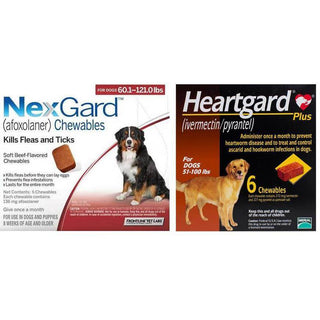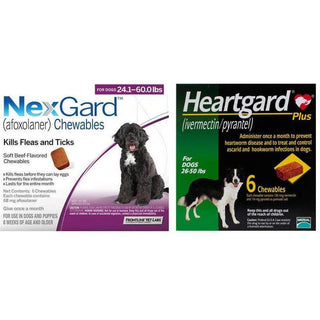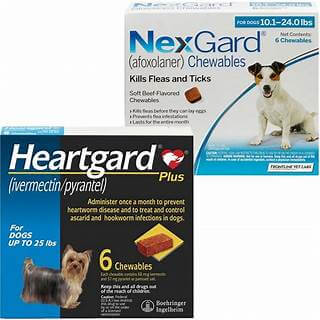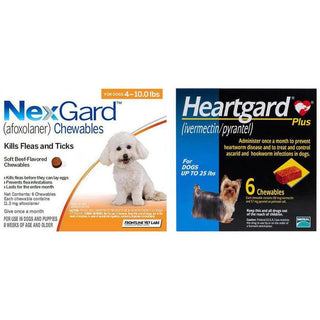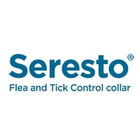
Introduction
Pet owners often face the big question — “Should my dog eat grains or go grain-free?” With so many brands labeling their food as grain-free, it’s easy to assume that grains are harmful. But the truth is not that simple. Grains can actually offer essential nutrients and energy that many dogs need for a balanced diet.
In this article, we’ll break down whether grains are bad for dogs, the benefits and risks of including them in your pet’s diet, and how to decide what’s best for your furry companion.
What Are Grains in Dog Food?
Grains are seeds from cereal plants that have been used in both human and animal diets for centuries. Common grains found in dog food include:
- Rice
- Oats
- Barley
- Corn
- Wheat
- Rye
- Sorghum
These grains provide carbohydrates, fiber, vitamins, and minerals that help maintain your dog’s energy levels and digestive health.
Are Grains Really Bad for Dogs?
In most cases, grains are not bad for dogs. In fact, many dogs thrive on a diet that includes whole grains. Problems usually occur only if a dog has a grain allergy or sensitivity, which is quite rare.
Most dogs can digest grains efficiently because their digestive systems have evolved to process starches. Studies have shown that domestic dogs have more genes that allow them to digest carbohydrates compared to their wild ancestors, wolves.
So, unless your veterinarian recommends explicitly a grain-free diet, there’s usually no reason to avoid grains altogether.
Nutritional Benefits of Grains for Dogs
1. Excellent Source of Energy
Grains contain complex carbohydrates that provide a steady, long-lasting source of energy for your dog throughout the day. This helps active dogs stay energetic and playful without energy crashes.
2. Supports Digestive Health
Whole grains, such as oats and brown rice, contain dietary fiber that promotes healthy digestion. Fiber also aids bowel movement and can help prevent constipation.
3. Provides Essential Nutrients
Grains are not just about carbohydrates — they also offer essential nutrients such as:
- B vitamins (niacin, thiamine, riboflavin) for metabolism and nerve function.
- Iron and magnesium help maintain strong muscles and support healthy blood function.
- Antioxidants from whole grains to support immune health.
4. Helps Maintain a Healthy Weight
High-fiber grains can help your dog feel full longer, reducing overeating and supporting healthy weight management.
When Grains May Cause Problems
While grains are safe for most dogs, there are a few exceptions.
1. Grain Allergies or Sensitivities
While rare, certain dogs can develop allergies to particular grains like wheat, corn, or soy. Common symptoms of grain sensitivity may include:
- Itchy skin or frequent scratching
- Ear infections
- Hair loss or dull coat
- Digestive issues like vomiting or diarrhea
If you observe these signs, contact your veterinarian. They might suggest an elimination diet to determine which ingredient is causing the allergic reaction.
2. Low-Quality Fillers
Some dog foods use refined grains or by-products as cheap fillers with little nutritional value. Always check the ingredient list — choose foods that use whole grains rather than “grain meals” or “by-products.”
3. Grain-Free Diet and Heart Health Concerns
The FDA has investigated potential links between grain-free diets and a heart condition called dilated cardiomyopathy (DCM) in dogs. While research is ongoing, it’s essential to understand that 'grain-free' doesn’t always mean healthier.
In some grain-free diets, grains are replaced with legumes like lentils or peas, which may interfere with taurine absorption — a nutrient vital for heart health.
Grain-Free vs. Grain-Inclusive Diets: Which Is Better?
|
Aspect |
Grain-Inclusive Diet |
Grain-Free Diet |
|
Digestibility |
Easy to digest for most dogs |
May be helpful for allergic dogs |
|
Nutrient Value |
Provides carbohydrates, fiber, vitamins |
May lack fiber; depends on substitutes |
|
Cost |
Generally, more affordable |
Often more expensive |
|
Allergy Suitability |
Not suitable for grain-allergic dogs |
Better for dogs with specific grain intolerance |
|
Heart Health Risk |
No known risk |
Possible link to DCM (under research) |
Unless your vet recommends otherwise, most dogs do perfectly fine on a balanced, grain-inclusive diet.
How to Choose the Right Food for Your Dog
Read the Ingredient Label Carefully
Choose products with high-quality, recognizable ingredients. The first ingredient should ideally be a protein source, such as chicken, lamb, or salmon — not grains or fillers.
Look for Whole Grains
Brown rice, oats, barley, and quinoa are better options than refined grains. They offer more nutrients and fiber.
Avoid Artificial Additives
Avoid foods that contain artificial flavors, colors, or preservatives.
Consult Your Veterinarian
Your veterinarian can provide recommendations tailored to your dog’s breed, age, energy level, and overall health.
Introduce Changes Gradually
To prevent digestive issues, gradually introduce the new food by blending it with your dog’s current food over a period of 7–10 days.
Common Myths About Grains in Dog Food
Myth 1: Dogs Can’t Digest Grains
False. Dogs can digest and metabolize grains effectively due to their evolved digestive systems.
Myth 2: Grain-Free Food Is Always Healthier
Not necessarily. Some grain-free diets replace grains with less nutritious ingredients.
Myth 3: All Grains Cause Allergies
Grain allergies are very rare. Most food allergies in dogs are caused by animal proteins, such as chicken, beef, or dairy, rather than grains.
Signs Your Dog Is Thriving on a Grain-Inclusive Diet
- Shiny and soft coat
- Firm, regular stools
- Energetic and playful behavior
- No signs of itching or skin irritation
If you observe these signs, it’s a good indication that your dog’s diet — whether grain-free or grain-inclusive — is suiting them well.
Final Thoughts
Grains are not the villains they are often made out to be. In fact, for most dogs, they can be an important part of a nutritionally balanced and wholesome diet. Unless your dog is allergic or sensitive to grains, there’s generally no need to exclude them from their diet.
Always choose high-quality dog food with real meat and whole grains, monitor your dog’s reaction, and consult your vet for personalized advice. A well-balanced diet — whether grain-inclusive or grain-free — is the real key to your dog’s long, healthy, and happy life.


